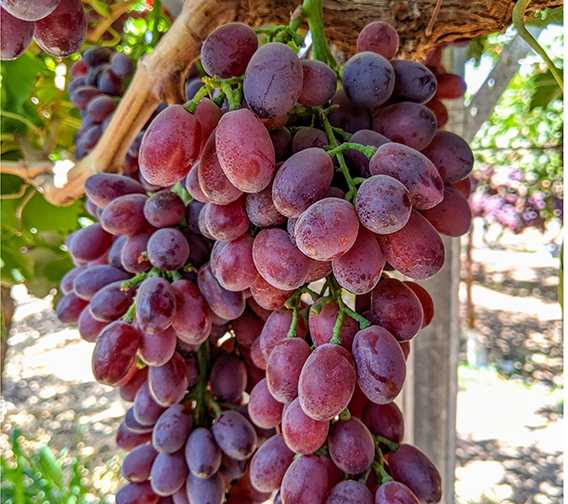Biopesticides And IPM
 Dr. Surendra Dara, Strawberry and Vegetable Crops Advisor and Affiliated IPM Advisor with University of California Cooperative Extension, has long been a proponent of incorporating biopesticides as a valuable tool in IPM programs. We caught up with him for a preview of his presentation at the upcoming Biocontrols USA 2016 Conference & Expo in Monterey, CA, March 3-4, 2016, to share some tips to help you get the best possible results with your biopesticides.
Dr. Surendra Dara, Strawberry and Vegetable Crops Advisor and Affiliated IPM Advisor with University of California Cooperative Extension, has long been a proponent of incorporating biopesticides as a valuable tool in IPM programs. We caught up with him for a preview of his presentation at the upcoming Biocontrols USA 2016 Conference & Expo in Monterey, CA, March 3-4, 2016, to share some tips to help you get the best possible results with your biopesticides.
Q: What are the first things growers need to do when integrating a biopesticide into their IPM program?
Dara: It’s most important to understand the mode of action of the biopesticide and determine if it is appropriate for the pest they are concerned about. They should also choose the biopesticide based on the pest species and the life stage. This is similar to choosing a chemical pesticide depending on the pest and its life stage. For example, Bt products are generally used for lepidopteran pests; pyrethrins are used for a variety of pests; azadirachtin can be used when immature stages are present; and entomopathogenic fungi can be used against sucking pests.
Q: What should a grower look for when determining the effectiveness of a biopesticide and how soon after application, in general, should they see results?
Dara: Effectiveness of the biopesticide depends on multiple factors including time of application, combination with surfactants or other pesticides, target pests, application rates, infestation levels, and how fast control is needed. Some biopesticides can take one or more days or applications before their effect is seen. This can be similar to what you expect from some chemical pesticides.
On the other hand, a chemical insect growth regulator like novaluron and its botanical counterpart, azadirachtin, could both take a few days for their effect on target pest population because they interfere with molting.
 Q: What are some of your success stories with biopesticides in your research with vegetable crops?
Q: What are some of your success stories with biopesticides in your research with vegetable crops?
Dara: I have had some good results with microbial and botanical pesticides in managing western tarnished plant bug and two-spotted spider mites in strawberries and root aphids in celery. I also have encouraging results from biopesticides against Bagrada bug in lab assays, and western flower thrips in lettuce and aphids in broccoli in field studies.
It is not that these are difficult to control, but biopesticides add extra tools for using in an IPM strategy. In the case of Bagrada bugs, newly emerged seedlings are more vulnerable than older plants and bugs can arrive in large numbers and can be a challenge in organic farming.
Q: What pointers do you have for growers who are just beginning to use biopesticides?
Dara: Biopesticides can be an important part of IPM and reduce the use of chemical pesticides and thus reduce the risk of insecticide resistance.
Growers must know their modes of action and use them as appropriate for the crop and pest. Recognize that some may need special storage and handling if they have live microbes. Some might work better in combination with other bio/chemical pesticides. Understand the compatibility issues of some biopesticides and avoid incompatible combinations.
Q: For growers with more experience, can you share tips to help improve the performance of biopesticides?
Dara: Thoroughly understand how different biopesticides work and specific storage, handling, and application requirements they may have. Avoid repeated use of the same biopesticides and try to rotate biopesticides with different modes of action. Efficacy can be improved by using appropriate surfactants and applying at a time and stage where maximum benefit can be realized.










